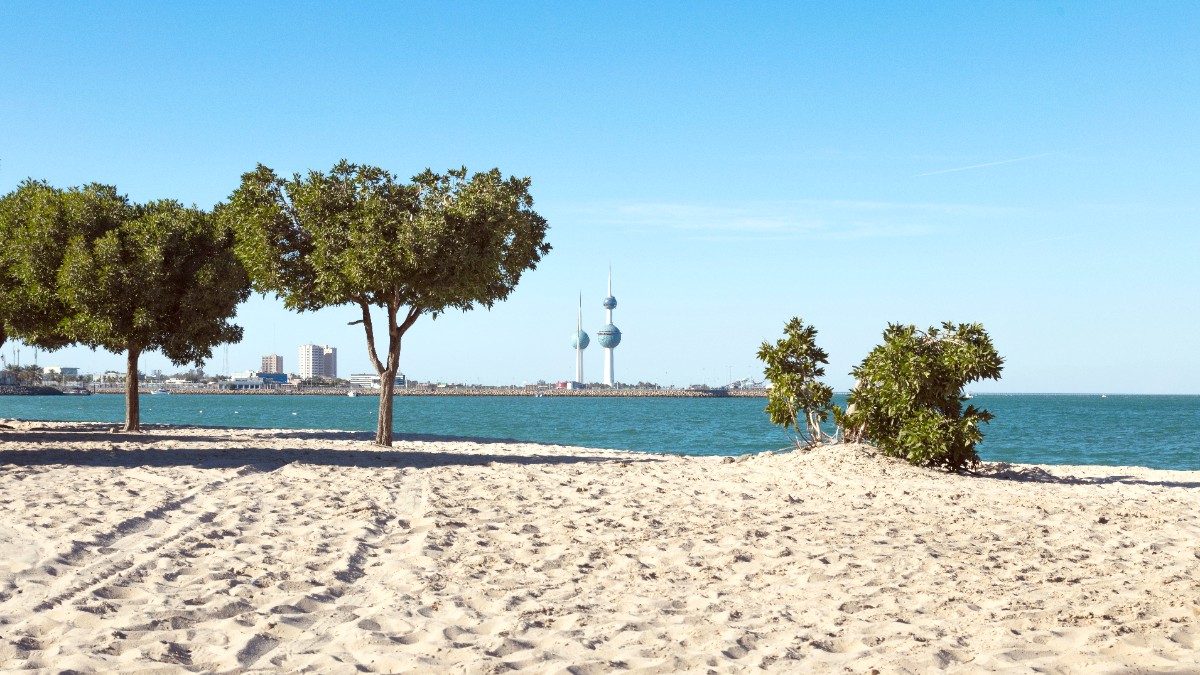
Kuwait
This guide offers insights for a rewarding visit, helping you discover the city's charm and navigate its many offerings.
Kuwait City sits strategically on the eastern coast of Kuwait, along the Arabian Gulf. Its coastal location shaped its past as a port and trade hub. The city itself sprawls across a relatively flat landscape, typical of the desert environment.
The Arabian Gulf defines its eastern edge, offering pleasant corniche areas and sea views. Inland, the urban landscape quickly transitions into the vast, open desert. This position gives Kuwait City a distinct climate: intense summer heat and mild winters.
Kuwait City's history goes back centuries, changing from a small fishing village to a bustling port town. Before oil discovery, its economy centered on pearling, shipbuilding, and trade linking the Arabian Peninsula with India and East Africa. The city's location made it a target, but its people kept a strong sense of independence.
The early 20th century oil discoveries changed Kuwait City from a quiet trading post into a rapidly modernizing capital. This new wealth fueled rapid growth, building modern infrastructure, universities, and cultural institutions. The city lasted the challenging Iraqi invasion in 1990, a period with a deep impact. Since liberation, Kuwait City rebuilt and continued its progress, while working to preserve its pre-oil heritage.
A testament to enduring Islamic architectural traditions.
A historical seat of government and culture.
Modern structures representing national aspirations.
A symbol of the nation's contemporary resilience.
Historic marketplace offering traditional goods and atmosphere.
Kuwait City offers a varied experience. Tradition and modernity exist side-by-side. This contrast appears in the architecture, local souqs, and high-end shopping malls. The city suits different interests, whether exploring history, enjoying contemporary art, or fine dining.
The city operates under conservative social norms, reflecting its Islamic heritage. Modest dress is standard, and alcohol is not available.
English is widely understood, especially in tourist areas. This assists communication for international visitors.
A trip to Kuwait City presents a view into a dynamic Gulf nation. It shows a place that respects its past while moving forward. This guide assists your preparation for every aspect of your visit, for a smooth and rewarding experience. From planning your budget to local customs, this guide covers what you should know.
Explore the city's history at the Kuwait National Museum or Sadu House, preserving traditional Bedouin weaving. See the Grand Mosque, a place of peace and beauty. Contrast these visits with The Avenues Mall, a shopping destination that displays the city's modern character.
Outdoor activities focus on the coastline during cooler months. Stroll along the Corniche, enjoy a boat trip in the Gulf, or visit Green Island for relaxation. In summer, the focus turns indoors to air-conditioned attractions, including cultural centers and entertainment hubs.
Kuwaiti Dinar (KWD), a strong currency.
Very hot summers (40-50°C+), mild winters (15-25°C).
Arabic (official), English widely spoken.
Taxis, ride-sharing, and buses are available. Car rental suits experienced drivers.
Iconic symbols of Kuwait, offering panoramic city views.
Majestic place of worship with beautiful architecture.
Traditional market for spices, perfumes, and local goods.
Historical sites and quiet beaches, accessed by ferry.
Experience the vast, open desert environment.
A wetland area for birdwatching, a contrast to the desert.